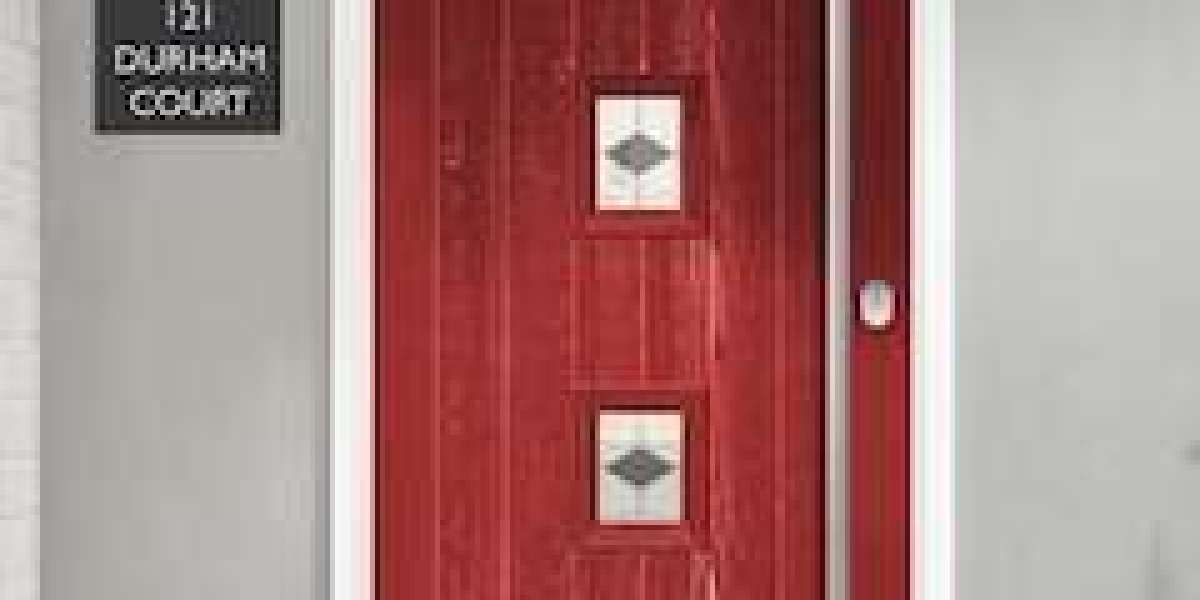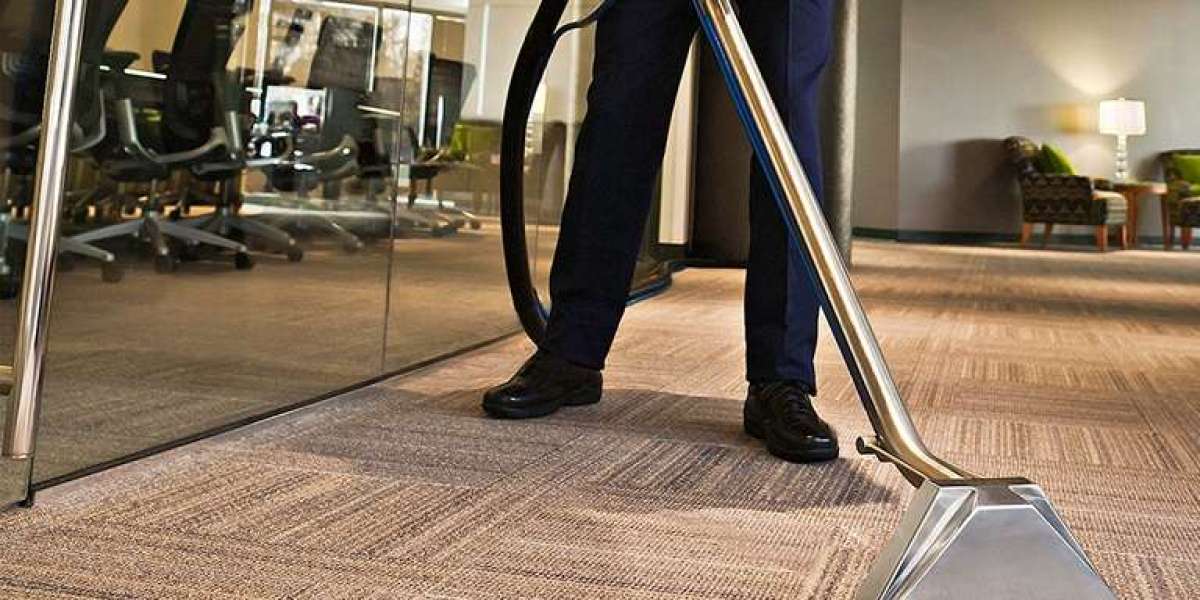Comprehensive Guide to Composite Door Maintenance
composite door repair tips doors have gained substantial appeal amongst house owners recently due to their robust building, aesthetic appeal, and exceptional insulation homes. Combining different products such as uPVC, wood, and a thermoplastic skin, these doors offer a blend of advantages that surpass standard wooden or metal doors. Nevertheless, like any other home function, composite doors require appropriate maintenance to ensure durability and optimum efficiency. This post will explore necessary maintenance pointers, common concerns, and often asked concerns concerning composite garage door repair door care.

Value of Composite Door Maintenance
Preserving a composite door is essential for a number of factors:

- Longevity: Regular maintenance can extend the life expectancy of the door, guaranteeing it lasts many years without replacement.
- Visual Appeal: A properly maintained door enhances the home's curb appeal and shows the house owner's attention to detail.
- Security: Proper upkeep helps preserve the integrity of the door's locks and hinges, offering comfort versus potential burglaries.
- Energy Efficiency: A well-sealed door helps prevent drafts, contributing to lower energy bills by maintaining desired indoor temperatures.
Vital Maintenance Tips for Composite Doors
1. Routine Cleaning
Cleaning is the structure of composite thermal door repair door maintenance. Here's how to do it efficiently:
- Frequency: At least two times a year, or more frequently if the door is exposed to harsh weather.
- Products Needed:
- Mild soap or detergent
- Warm water
- Soft fabric or sponge
- Non-abrasive cleaner (for hard stains)
Steps for Cleaning:
- Mix the soap or cleaning agent with warm water in a pail.
- Utilize a soft fabric or sponge to clean down the door, guaranteeing to clean up both the surface and nooks.
- Rinse the door completely with clean water to get rid of any soap residue.
- Dry the door with a tidy, dry cloth to prevent water areas.
2. Check and Maintain Seals
The seals around the door are critical for insulation and preventing drafts. To keep them:
- Inspect: Check seals for any cracks or damage.
- Oil: Use silicone spray or a similar lube on rubber seals to preserve flexibility.
- Replace: If seals are damaged beyond repair, change them to ensure energy effectiveness.
3. Examine Hardware
The hardware of the door, such as locks, hinges, and deals with, requires regular checks:
- Tighten: Ensure screws and bolts are tight to prevent loosening over time.
- Lube: Apply a light oil or lubricant on locks and hinges to make sure smooth operation.
- Test Lock Functionality: Regularly check the locks to make certain they engage and disengage efficiently.
4. Paint and Finish Care
While composite doors are developed to hold up against the elements, they still take advantage of a fresh coat of paint or finish:
- Choose the Right Paint: If the door requires painting, select premium outside paint ideal for composite products.
- Touch-ups: Periodically check for scratches and chips, performing touch-ups as required to secure the door's surface area.
5. Seasonal Checks
Seasonal evaluations permit property owners to deal with concerns before they escalate:
- Winter: Check for any snow or ice accumulation around the door that might damage seals.
- Summer season: Inspect for sun damage and guarantee the door isn't deforming due to heat.
- Rainy Season: Look for signs of wetness invasion or rot.
Typical Issues with Composite Doors
In spite of their resilience, composite door maintenance Company doors can face a number of common concerns:
- Fading: Over time, direct exposure to sunshine can cause the color of the door to fade, demanding a fresh coat of paint or a replacement.
- Misalignment: Doors may become misaligned due to settling or seasonal modifications; adjustments might be required to ensure correct sealing.
- Condensation: Moisture in between the panels can happen in humid conditions, indicating a possible seal failure.
FAQs about Composite Door Maintenance
Q1: How typically should composite doors be painted?
A: Ideally, composite bifold door repair doors must be repainted every 5-10 years, depending upon exposure to sunlight and climate condition. Regular touch-ups of any scratches or chips can extend the need for a complete repaint.
Q2: Can I use abrasive cleaners on my composite door?
A: No, abrasive cleaners can scratch and damage the surface area of a composite door. It is advisable to utilize moderate, non-abrasive cleaners to avoid messing up the finish.
Q3: What should I do if my composite door is sticking?
A: If your composite door sticks, look for misalignment or particles in the hinges. Tightening screws, lubing hinges, or utilizing a level to examine positioning may assist. If the issue persists, think about consulting a professional.
Q4: How can I prevent my composite door from fading?
A: To avoid fading, regularly clean the door and think about using UV-resistant spray or paint. In addition, positioning a protective awning or offering shade can decrease direct sunshine exposure.
Q5: Are composite doors energy effective?
A: Yes, composite security door repair doors are highly energy-efficient due to their multi-layer building and construction, which supplies outstanding insulation compared to traditional wooden or metal doors.
A composite door is an investment that can elevate a home's security, energy performance, and visual appeal. To maximize this financial investment, routine maintenance is necessary. Property owners should adopt a proactive approach to the upkeep of their doors, ensuring they stay functional and visually appealing for several years to come. Following the suggestions laid out in this guide can assist preserve the stability and beauty of composite doors, ultimately boosting the value and comfort of the home.








